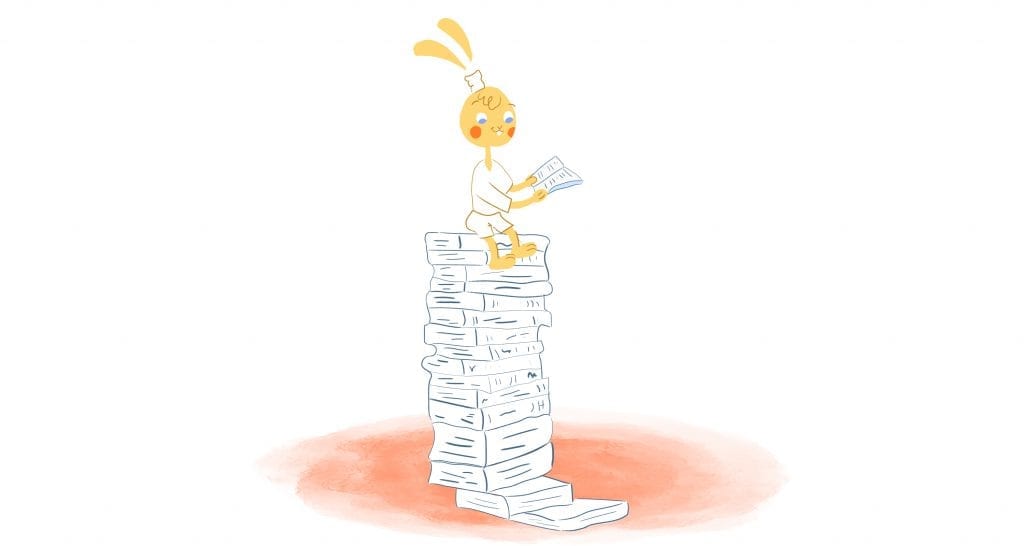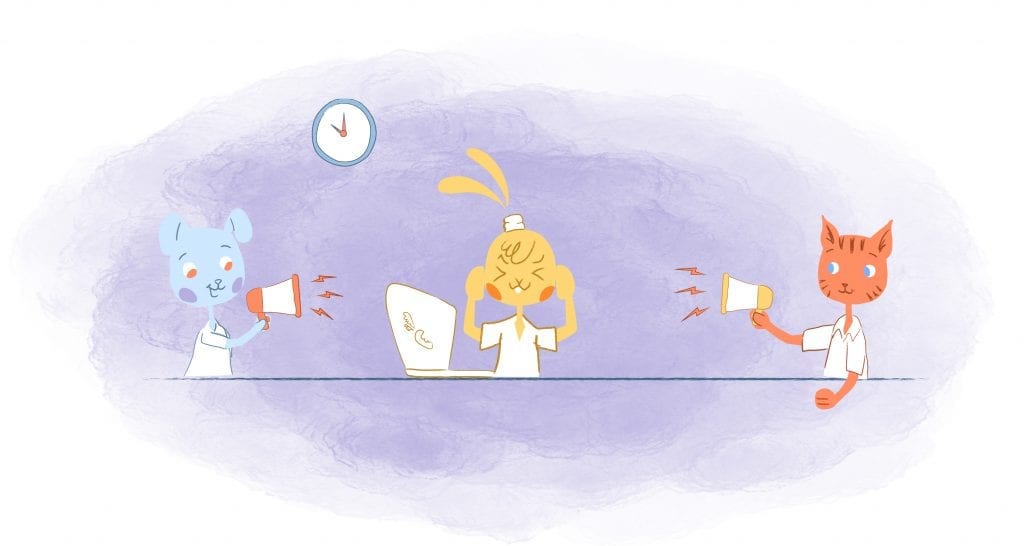

Have you already devoured classic productivity books like the “7 Habits Of Highly Effective People” and “Getting Things Done.”
You still have a hunger to read more productivity advice.
You’ll want to purchase and read the following seven books ASAP.
When you have these books read — you’ll be able to get more done in less time. You’ll have a handle on how you can get the most out of your life.
1. Essentialism: The Disciplined Pursuit of Less
Want to know the secret to productivity? It’s learning how to prioritize your time. You already know this principle.
This book will give you some ideas you may not have thought about recently. This reading helps you have a better focus on the things that are important and, well, essential.
In “Essentialism,” leadership and business consultant Greg McKeown uses examples from innovative leaders on how you can finally focus on what’s important. It also teaches you how to block out the distractions surrounding you.
You’ll learn how to say “no” to others. McKeown also provides tips on how to organize your entire life. As a result, you’ll get more done in less time.
Key quote:
“Remember that if you don’t prioritize your life someone else will.”
2. Talk Triggers
If you’re a business owner, then you know how valuable your time can be. That’s why time management and learning productivity hacks are so vital. While you’re busy improving a product or putting out a fire — you may be neglecting marketing your business. As a result, you don’t get that much-needed cash flow back into your business.
What if there was a way for your customers to market your business for you?
That’s precisely what “Talk Triggers” is all about.
It is authored by a digital marketing and customer experience expert Jay Baer, an entrepreneur and adviser Daniel Lemin. “Talk Triggers,” provides practical strategies for creating triggers to increase word-of-mouth — regarding your business. Over 30 case study examples back the studies. As a result, you gain more customers — without putting in as much work.
Gaining more customers is accomplished through the 4-5-6 method:
- “4” is the four things that your talk trigger needs to be.
- “5” is the five types of talk triggers.
- “6” is the six steps in building a talk trigger.
Key quote:
“Word of mouth is perhaps the most effective and cost-effective way to grow any company. We take it for granted, like free coffee or another U2 album.”
3. Back to Human: How Great Leaders Create Connection in the Age of Isolation
Authored by Dan Schawbel, a Partner and Research Director at Future Workplace. Schawbel is a Founder of both Millennial Branding and WorkplaceTrends.com. “Back to Human,” starts by explaining the importance of a socially connected workplace. To be connected in this way leads to greater fulfillment, engagement, and, yes, productivity.
From there, Schawbel provides a guide in how you can create a company culture where your team feels connected and engaged after interviewing 100 different leaders. He also makes a case for embracing work-life integration instead of work-life balance. The reason? He puts you in control of your time.
There’s also a handy self-assessment you can use to measure the strength of your workplace relationships.
Key quote:
“Clearly, your employees are facing some pretty significant challenges; as a leader, it’s your job to do whatever you can to support them so they can focus more of their attention on getting work done and less of it on whatever it is that’s stressing them out.”
4. The 4-Hour Workweek
Tim Ferriss’s “4-Hour Workweek,” has developed a cult following since it was published in 2007. And, for a good reason. It emphasizes being productive — instead of busy. This productivity is done by working smarter and not harder. Ferriss suggests outsourcing the things that don’t excite you or that aren’t important. This way you can enjoy your life.
At the same time, don’t expect to find any magic bullets that will improve your productivity. Instead, use the “The 4-Workweek” to use strategies that work for you. For example, I took the advice to journal every day — Ferriss does this in the morning, I prefer at night.
Journaling helps me put things in perspective. As a result, I’m more grateful, creative, and productive since it can track patterns and habits.
Key quote:
“Doing less is not being lazy. Don’t give in to a culture that values personal sacrifice over personal productivity.”
5. The Five-Hour Workday: Live Differently, Unlock Productivity, and Find Happiness
Stephan Aarstol is the co-founder and CEO of Tower Paddle Boards. Aarstol realized that he and his employees wasted a lot of time throughout the day. He even picked up on the fact that productivity — is often faked — because it prevents employees from getting fired.
So — what did Aarstol do? He created five-hour workdays from his employees.
By shortening the length of a workday, employees had to find ways to become more productive because they were under pressure to get more done in less time.
In “The Five-Hour Workday,” Aarstol explains how a shorter workday can make your business more productive. It also outlines how it can make you more profitable — while also keeping your employees happier, healthier, and more loyal. Best of all? He describes how you can make the switch temporarily to make sure that it works.
Key quote:
“But when you define yourself by your interests, your travels, and your communities, then you’re working to live. The point of work becomes to make enough money to live a good life, a life with presence and time. Work exists to enable that life.”
6. Work Simply: Embracing the Power of Your Personal Productivity Style
Here’s the thing about productivity books, hacks, and tools. Some of them are so complex that you end-up spending more managing your productivity — than getting stuff done. That’s not the case with “Work Simply.”
In this book — renowned productivity expert Carson Tate outlines a step-by-step guide that can make work simple. Better yet, the information is based on a system that works best for you. The book contains a personality quiz which will identify you as either an arranger, prioritizer, visualizer, or planner.
Once you’ve identified your classification — you’ll learn how to design a system that gels with the way that your brain works. There are also other useful tips like how to decide whether or not to meet someone in person. Is cleaning your desk is beneficial or not for you?
Key quote:
“Engaged, productive employees do not work in a vacuum. They need workplaces that help them bring out the best in themselves — mosh pits of creativity where energy and inspiration can flow freely.”
7. WTF?! (Willing to Fail): How Failure Can Be Your Key to Success
This book centers on Brian Scudamore’s belief that determination sets successful leaders apart. After founding a multimillion-dollar junk removal business — Scudamore gained insights into how to manage financial change. He took his newfound ability to handle difficult employees — and make business decisions. “WTF!? (Willing to Fail)” gives leaders hope that a setback doesn’t signal the end of your business — but will offer you insights into how gratitude and barriers can become a catapult to something better.
Key quote:











Albert Costill
My name is Albert Costill and I'm a content marketer at Calendar. If I can help people become more productive in my journey, even better. If you ever have a question about your Calendar or how you can use it - - don't hesitate to reach out. I'm a Calendar Pro.